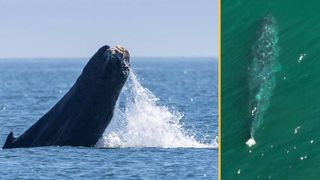
Elise Poore
Elise studied marine biology at the University of Portsmouth in the U.K. She has worked as a freelance journalist focusing on the aquatic realm.
Latest articles by Elise Poore
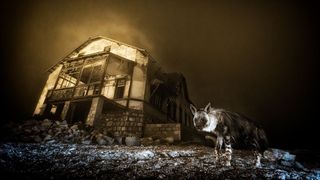
Haunting image of a rare hyena lurking in a ghost town wins 2025 Wildlife Photographer of the Year award
By Elise Poore published
South African photographer Wim van den Heever has received this year's Wildlife Photographer of the Year award for his image of a brown hyena outside a ruined diamond mining town.

China issues new pledge to cut greenhouse gas emissions — is it now a global leader in climate action?
By Elise Poore published
China has committed to slash its greenhouse gas emissions by 7% to 10% by 2035 — but is this going to cut it? Tell us what you think.

'I honestly am not sure on this at all': Poll reveals public uncertainty over experimenting on conscious lab-grown 'minibrains'
By Elise Poore published
Hundreds of readers responded to our poll asking if it would be OK to experiment on lab-grown "brains" if they became conscious.
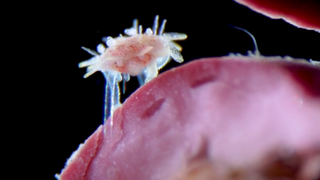
Microscopic baby sea urchin crawling with tubed feet is among video winners of Nikon Small World in Motion competition
By Elise Poore published
Stunning footage of a baby sea urchin has been awarded fifth place in the annual Nikon Small World in Motion video competition.

'There's no shoving that genie back in the bottle': Readers believe it's too late to stop the progression of AI
By Elise Poore published
Over 1,700 readers responded to a Live Science poll, and 46% believe that we must stop AI development now because the risks of it being a threat are too great.

'I trust AI the way a sailor trusts the sea. It can carry you far, or it can drown you': Poll results reveal majority do not trust AI
By Elise Poore published
Do you trust AI? Live Science readers share their thoughts.

Do you trust AI?
By Elise Poore published
The debate over AI is growing, do you believe it can be trusted?

'I would never let a robot incubate my child': Poll on 'pregnancy robots' divides Live Science readers
By Elise Poore published
Live Science readers reveal whether they would use a hypothetical "pregnancy robot" — a humanoid machine fitted with an artificial womb to sustain a human pregnancy from conception until birth.

'Why would you even want to go?': Readers react to the hypothetical 400-year voyage to Alpha Centauri
By Elise Poore published
Would you leave Earth behind to travel to our nearest star system? Live Science readers reveal their thoughts about life among the stars.

Would you board a spacecraft that takes 400 years to reach Alpha Centauri?
By Elise Poore published
Poll Travelling to our nearest star system is the ultimate one-way trip — but could you live your life among the stars? Let us know in our latest poll.
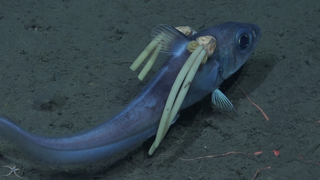
Scientists capture footage of bizarre deep-sea creature with parasite pig tails
By Elise Poore published
Scientists on an expedition to the South Sandwich Islands near Antarctica have recorded horrifying videos of parasitic copepods feasting on the head of a deep sea rattail fish.
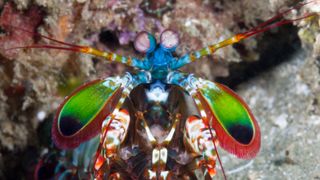
Animal kingdom's most powerful puncher generates a 'phononic shield' to protect itself
By Elise Poore published
The mantis shrimp's club uses a built-in vibration shield that filters out damaging shock waves to enable it to strike with bullet-like force without breaking.
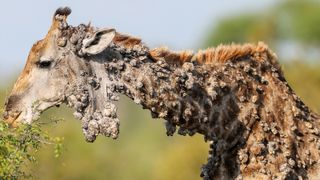
See heartbreaking photos of 'bumpy' giraffe in South Africa with viral disease rarely seen in these tall animals
By Elise Poore published
At Kruger National park, a wildlife photographer spotted a giraffe covered in hundreds of skin lesions that may be caused by a rare bovine papillomavirus.
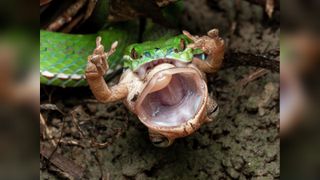
Venomous pit viper devouring a frog as it takes its final breath captured in gruesome photo
By Elise Poore published
From bloodsucking fly mites to fish being swallowed whole, photographers get up close and personal with an array of animals in this year's shortlisted entries for the Close-up Photographer of the Year 2024.
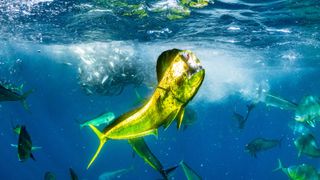
15 stunning nature photos from 2024
By Elise Poore published
Collected from some of the best-known photography competitions around the world, here are the most captivating nature photos of 2024.
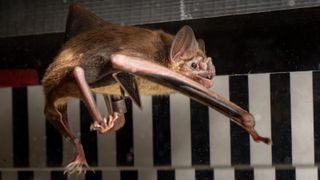
Vampire bats have a really strange way of getting energy, scientists discover after putting them on treadmills
By Elise Poore published
Vampire bats rely on amino acids from their blood diet to fuel their exercise, scientists discovered after observing the animals on tiny treadmills.
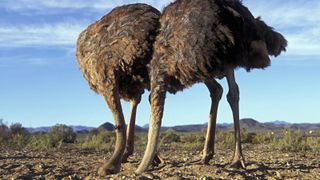
Do ostriches really bury their heads in the sand?
By Elise Poore published
The idea ostriches bury their heads when they feel threatened is thought have come from Roman naturalist Pliny the Elder around 2,000 years ago. But is it true?
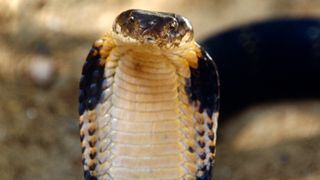
King cobra mystery that's puzzled scientists for 188 years finally solved
By Elise Poore published
Scientists identified four new species of king cobra from 154 museum specimens.

Watch bioluminescent algal blooms trigger electric-blue waves off San Diego coast in stunning new footage
By Elise Poore published
Mesmerizing footage from a new PBS Nature show captures the bioluminescent beauty of brilliant blue waves crashing along San Diego's coast.
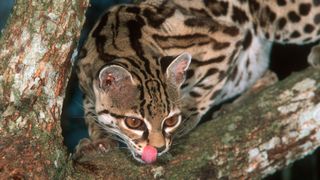
13 crafty ways animals hunt their prey
By Elise Poore last updated
Spiders swinging lassos, ants setting deadly traps and turtles with deceiving tongues — these animals have the most cunning methods of hunting their prey.
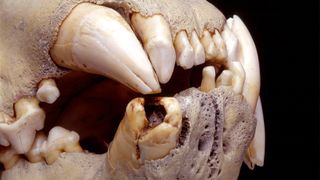
New DNA findings shed light on Tsavo's infamous man-eating lions
By Elise Poore published
Scientists extract DNA from hair embedded in the Tsavo lions' jaws that reveals the species of prey they ate while they were alive.
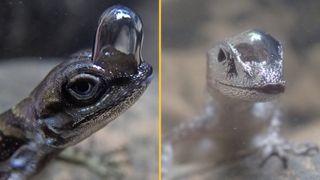
'Scuba-diving' lizards breathe underwater by wearing air bubbles on their noses — just like in a cartoon
By Elise Poore published
Scuba-diving lizards use bubbles to stay submerged in water for long periods of time.
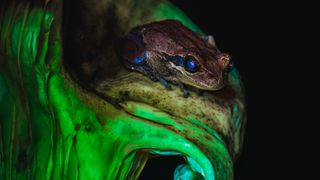
'Absolutely magical': Rare glowing duo of tree frog and parasitic ghost fungus captured in otherworldly photo
By Elise Poore published
An image of a biofluorescent frog perched on a bioluminescent mushroom is the People's Choice winner for the Beaker Street Science Photography Competition 2024.
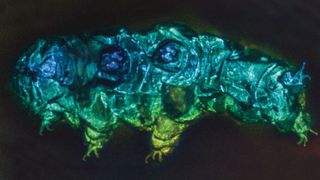
1st tardigrade fossils ever discovered hint at how they survived Earth's biggest mass extinction
By Elise Poore published
Detailed 3D images of the first tardigrade fossils ever discovered help scientists predict when tardigrades evolved their near-indestructibility — a trait that might have helped them survive multiple mass extinctions.
Get the world’s most fascinating discoveries delivered straight to your inbox.
